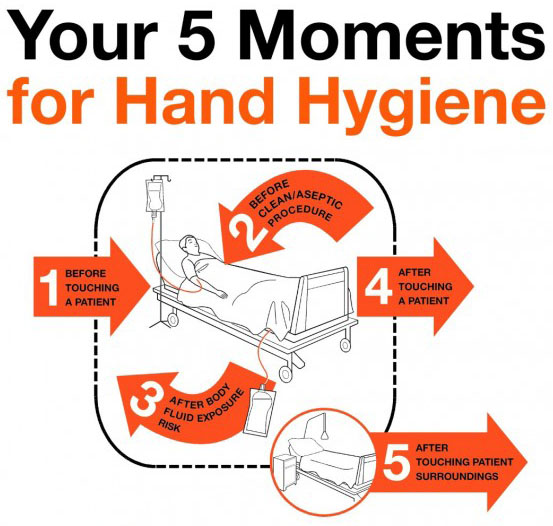Drawing blood and the safety measures for patients and healthcare workers
IDrawing blood is a widespread procedure which can expose both the patient and the healthcare worker to an infective risk.
The only way to reduce the risk of exposure for patient and healthcare worker both is to analyse the risk and implement measures to contain it. Indeed, as we all know, biological risk can be eliminated only by eliminating the very same invasive procedure, which is an essential diagnostic tool.
Firstly, it is important to point out that taking a blood sample is a successful procedure not only when the worker performing it is competent. It depends on several variables, such as the setting, the device, the patient's anatomy and emotional state. These variable are what we can work on to reduce the risk..
Let us start by stressing how the healthcare worker's competence, which includes the training the worker has received on the procedure and the use of the device, already reduces exposure to risk. At the same time, though, there are many variables involved in the procedure, so a series of preventive measures must be implemented first of all, hand washing.
The credit for the stroke of genius figuring out that a simple and easy to diffuse practice such as hand washing can break down the chain of infection - goes to the CDC (Center for Disease Control and Prevention). This idea was then championed by the WHO (World Health Organisation), which organised a massive information campaign, thanks to which today hand hygiene is the first and last step of any procedure which potentially could carry an infective risk.
The WHO also identified the 5 fundamental moments of hand hygiene and raised awareness among the workers who were most at risk, as we can see in the following figure:


The second fundamental issues is the use of personal protective equipment, which acts as a physical barrier between the infecting agent and the worker and, at the same time, keeps the patient safe as well.
When a blood sample is collected, it is important that the healthcare worker wears gloves so that contamination with the patient's blood is prevented. Gloves have another important use: they limit needle penetration and also partially clean the needle tip when an accidental injury occurs.
As legislative decree no. 81/08 states, protection and prevention measures shall be updated to keep up with the latest developments, and technology allows us prevent accidental sharps injuries by using in-built protection mechanisms. In 2010 the importance of these devices was stressed further and they became compulsory as a measure to avoid exposure to biological risk, following evidence that these devices can reduce significantly such accidents.
These devices can be of two kinds: active or passive, i.e. the mechanism is activated by the user or activates on its own. In this way, different requirements can be satisfied: as we have seen, indeed, a variable is the patient's autonomy and emotional state, even more so if the patient is a child.
Devices that feature protection mechanisms are the last piece of the puzzle of biological risk prevention because they eliminate the possibility of inoculation injury, which is one of the most expensive accidents, in terms of health and safety.




